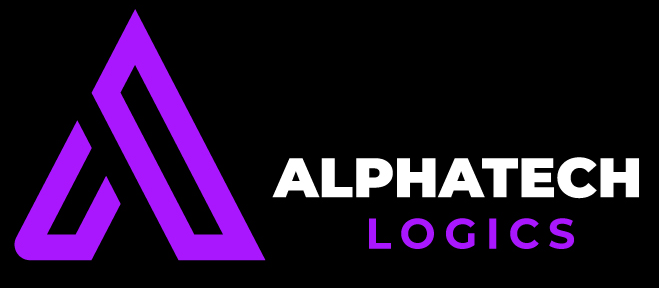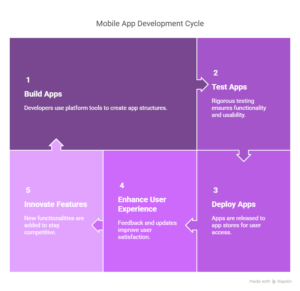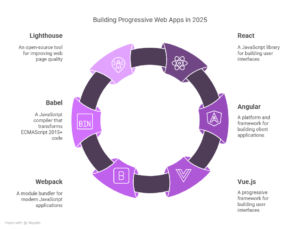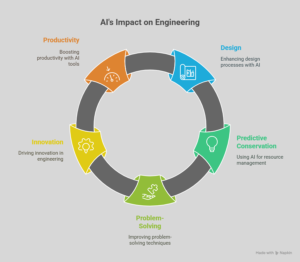Progressive Web Apps (PWAs) are further bridging the gap between web and mobile apps with a smooth, app-like experience from your browser. With offline support, push notifications, and lightning-fast speed, PWAs have been a hit with businesses and developers alike.
In 2025, the future of PWA development will be more robust than ever. Let’s see the top frameworks and tools you can utilize to create high-performance PWAs this year.
1. React + Vite / Next.js
React remains the go-to for building PWAs, and in 2025, more so with the additional use of new technologies like Vite or Next.js.
⦁\tReact + Vite delivers lightning-fast build speeds and an experience that developers love.
⦁ Next.js brings SSR (Server Side Rendering), API routes, and native PWA support.
Why select it?
✔️ Large community
✔️ Thousands of pre-made templates
✔️ Excellent performance with pre-rendering and lazy loading
2. Angular
Google’s Angular library has solid PWA support integrated into it. It has a CLI tool that can install service workers and other prerequisites with a single command.
Why choose it?
✔️ Native support for PWAs
✔️ Best for enterprise apps at scale
✔️ Robust TypeScript integration
3. Vue.js + Nuxt 3
Vue is capturing hearts with its simplicity, and in 2025, Nuxt 3 is providing more power to PWA development.
⦁ Nuxt 3 has automatic PWA module inclusion.
⦁Supports SSR, serverless functions, and static site generation.
Why pick it?
✔️ Easy to use and master
✔️ Powerful out of the box
✔️ Great performance and versatility
4. Svelte + SvelteKit
SvelteKit has been an absolute game-changer for the new generation of web development. It generates the components into highly optimized JavaScript with little runtime.
Why select it?
✔️ Lightning-fast apps
✔️ Clean, readable code
✔️ Support for PWA features natively
5. Ionic + Capacitor
If you wish to create PWAs and native mobile applications at the same time, then Ionic with Capacitor is a great choice.
⦁ Ionic has beautiful UI elements.
⦁ Capacitor enables you to access native mobile APIs and ship to app stores.
Why use it?
✔️ Cross-platform (Web + Mobile)
✔️ Native features are simple to implement
✔️ Angular, React, or Vue friendly
6. PWA Builder (by Microsoft)
This is such a handy tool if you have to quickly convert your site into a PWA. You simply provide your site’s URL, and it helps develop all that you require: manifests, service workers, and even packages to upload.
Why choose it?
✔️ No programming needed
✔️ Quick route to PWA
✔️ Best suited for converting existing sites
7. Workbox (by Google)
Workbox is an efficient library which makes it simple for you to manage caching, offline support, and service worker logic.
Why choose it?
✔️ Manages the delicate aspects of service workers
✔️ Enables optimization of performance and reliability
✔️ Highly customizable
Final Thoughts
PWAs in 2025 are stronger than ever. Whether you’re building from the ground up or building upon an existing site, there’s a tool or framework that can help you deliver a fast, interactive experience. ⦁ For reactive UI enthusiasts – React, Vue, and Svelte work. ⦁ For enterprise-level apps – Angular still excels. ⦁ For mobile-first development – Ionic + Capacitor is a good choice. ⦁ For easy conversion – PWA Builder is your friend. Choose what best suits your workflow and app needs, and start building the future web today.





